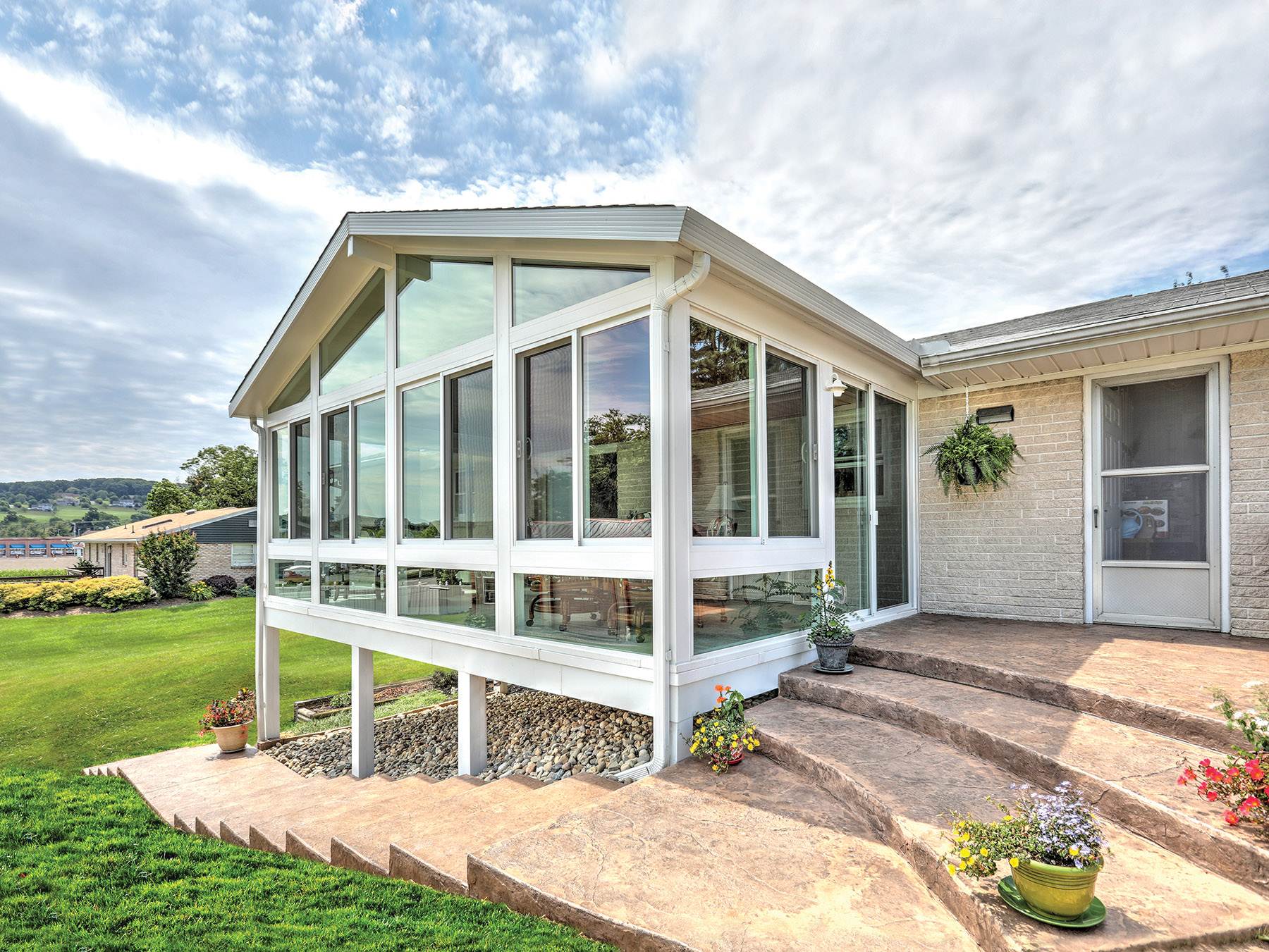
Insects can be a nuisance, especially during the warmer months when we tend to spend more time outdoors. While there are many insect repellent sprays and devices available in the market, some people prefer to use natural methods to keep these pests away.
One such method is using insect-repelling plants around your outdoor living space. In this essay, we will discuss some of the types of insect-repelling plants that you can have around your outdoor living space.
Citronella
Citronella is a well-known plant that is often used in candles and sprays to repel mosquitoes. The plant has a strong citrus-like scent that is unpleasant to mosquitoes, making it an effective natural repellent.
Citronella plants are easy to grow and require plenty of sunlight and well-drained soil. They can be planted in pots or directly in the ground around your outdoor living space.
Lavender
Lavender is not only a beautiful plant with its purple flowers and soothing fragrance, but it is also an excellent natural insect repellent. The plant’s strong scent is known to repel mosquitoes, flies, and moths.
Lavender requires well-drained soil and plenty of sunlight, making it an ideal plant to have around your outdoor living space. You can plant lavender in pots or directly in the ground.
Basil
Basil is a popular herb used in cooking, but it also has insect-repelling properties. The plant’s strong scent is known to repel mosquitoes, flies, and other insects. Basil is easy to grow and requires well-drained soil and plenty of sunlight. You can plant basil in pots or directly in the ground around your outdoor living space.
Marigold
Marigolds are beautiful flowers that come in various colors, including yellow, orange, and red. In addition to their beauty, marigolds are known to repel mosquitoes and other insects.
The plant’s strong scent is unpleasant to mosquitoes, making it an effective natural repellent. Marigolds require well-drained soil and plenty of sunlight. You can plant them in pots or directly in the ground around your outdoor living space.
Peppermint
Peppermint is a refreshing herb that is often used in teas and other beverages. The plant’s strong scent is also known to repel mosquitoes, flies, and other insects. Peppermint is easy to grow and requires well-drained soil and plenty of sunlight. You can plant peppermint in pots or directly in the ground around your outdoor living space.
Lemongrass
Lemongrass is a tropical plant that is often used in Asian cuisine. The plant’s strong scent is known to repel mosquitoes, making it an effective natural repellent. Lemongrass requires well-drained soil and plenty of sunlight, making it an ideal plant to have around your outdoor living space. You can plant lemongrass in pots or directly in the ground.
Chrysanthemum
Chrysanthemums are beautiful flowers that come in various colors, including white, yellow, and pink. In addition to their beauty, chrysanthemums are known to repel mosquitoes, flies, and other insects. The plant’s natural insecticide, pyrethrum, is used in many commercial insect repellents.
Chrysanthemums require well-drained soil and plenty of sunlight. You can plant them in pots or directly in the ground around your outdoor living space.
Catnip
Catnip is a herb that is often used to make toys for cats. However, the plant’s strong scent is also known to repel mosquitoes, making it an effective natural repellent.
Catnip requires well-drained soil and plenty of sunlight, making it an ideal plant to have around your outdoor living space. You can plant catnip in pots or directly in the ground.
How Plants Can Affect The Pest Population In Your Outdoor Living Space
As outdoor living spaces continue to become more popular, many people are looking for ways to make them more comfortable and appealing. One often-overlooked way to improve your outdoor space is to add more plants. However, plants can do more than just add a touch of green to your space. They can also affect the pest population in your outdoor living area.
Pest Control Tips
Attract Beneficial Insects
One way plants can help control pests is by attracting beneficial insects. Beneficial insects, such as ladybugs and lacewings, are natural predators of many common garden pests, including aphids, mites, and caterpillars.
By planting flowers and other plants that attract these beneficial insects, you can provide a safe haven for them to thrive in and make your garden more pest-resistant.
Repel Insects
Another way that plants can help control pests is by repelling them. Certain plants are known to repel specific pests, making them great additions to your outdoor living space.
For example, marigolds are known to repel nematodes, which are tiny worms that can damage the roots of plants. Peppermint, garlic, and rosemary are also known to repel various pests, including ants and mosquitoes.
Create a Dense Planting of Shrubs & Other Plants
In addition to attracting beneficial insects and repelling pests, plants also create a barrier between pests and your outdoor living space. By creating a dense planting of shrubs or other plants around your outdoor living area, you can make it more difficult for pests to access your space. This can be particularly useful if you live in an area with a lot of mosquitoes or other flying insects.
However, it’s important to note that not all plants are beneficial for pest control. In fact, some plants can actually attract pests. For example, fruit trees and berry bushes can attract birds, which can then attract other pests, such as ants and bees. Likewise, some plants, such as succulents, can attract aphids, which can damage other plants in your garden.
Proper Maintenance is Key
Keeping your plants in tip-top shape is an important factor in protecting against pests. Pruning your plants often will help them stay healthy and ward off any potential infestations.
Additionally, removing dead leaves and debris can help prevent pests from using your garden as a breeding ground.
Finally, it’s important to remember that plants are only one tool in the fight against pests. If you’re experiencing a particularly severe pest infestation, you may need to supplement your efforts with other pest control methods, such as insecticides or traps. In some cases, you may need to call in a professional pest control service to help you get rid of the pests completely.
Incorporating plants into your outdoor living space can be a great way to control pests naturally. By attracting beneficial insects, repelling pests, and creating a barrier between pests and your space, plants can help keep your outdoor living area more comfortable and enjoyable. However, it’s important to choose the right plants and maintain them properly to ensure that they are effective at controlling pests.
If you’re experiencing severe pest problems, you may need to supplement your efforts with other pest control methods or call in a professional pest control service. With the right combination of plant selection, maintenance, and pest control methods, you can enjoy a beautiful and pest-free outdoor living space.
At Bull Mountain Outdoor Living & Construction, we value our customers and believe in using natural, sustainable methods whenever possible. That’s why we are proud to offer a wide selection of pest-repellant plants and services that can help keep your outdoor living space free from pests.
Contact us today to learn more about how we can help protect your outdoor space!








